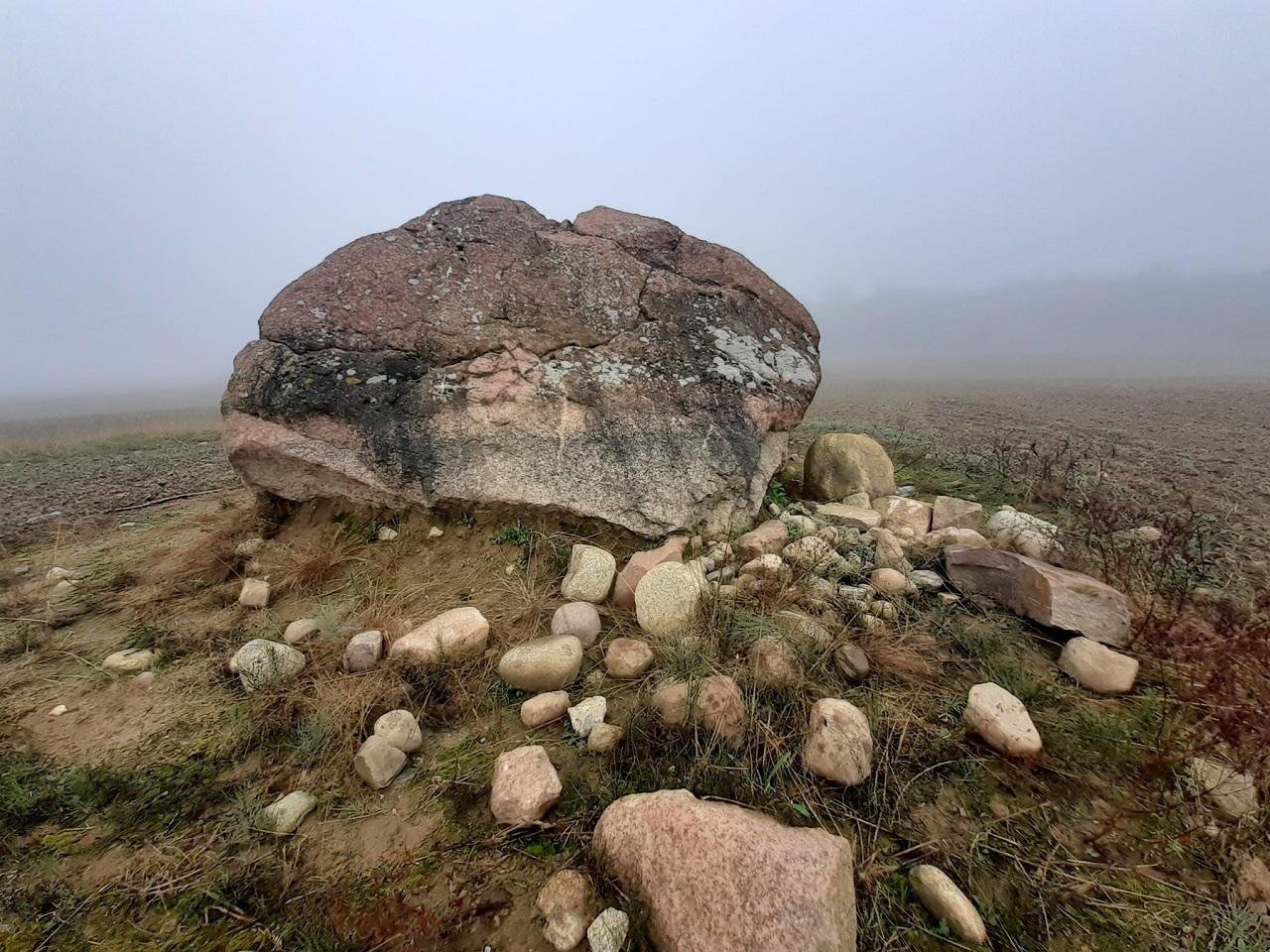Erratic boulders are scattered across northern Poland, transported by glaciers from far-off lands. Although the stones are now accounted for by science as the final remnants of ancient glaciation, in local folklore, they have always possessed their own dramatic explanation, blending history and mythology.
 Devil’s Stone near Maszewo Lęborski. Credit: Robert Piotrowski
Devil’s Stone near Maszewo Lęborski. Credit: Robert Piotrowski
A study funded by the Polish National Science Center and led by ethnologist Dr. Robert Piotrowski explored the geological as well as cultural aspects of the stones. “A geologist or petrologist can tell exactly where a given stone came from, and thanks to radioisotope studies, can determine how long it has been on the surface of the earth and how old various damages on its surface are,” Dr. Piotrowski explained. Despite these scientific findings, through the centuries, locals have created their own narratives surrounding the stones’ origin, thus creating a cultural connection with the geological formations.
Myths about boulders have a history dating back centuries. Some of the oldest myths trace their origin to Frost Giants, who hurled the stones over land or carried them on their backs from frozen realms beyond the Baltic Sea. In other stories, the boulders were used by the devil to attack villages or churches. Folklore also tells of supernatural transformations—humans turned into stone or witches using the boulders for ritualistic dances.
During the study, Dr. Piotrowski found that despite the natives’ ignorance of the scientific names of erratic boulders, they learned about them through myths. “The stones were identified through stories and thus became part of the cultural landscape. Such narratives stimulate the imagination more than dry explanations in encyclopedias and help people remember information better,” he said.
 A glacial erratic in northern Denmark. Credit: Tomasz Sienicki
A glacial erratic in northern Denmark. Credit: Tomasz Sienicki
The fusion of scientific and mythological narratives is particularly striking in the story of the Devil’s Stone. Some legends state that a giant carried the stone across the frozen Baltic Sea, while others believe that it was left behind during the Swedish Deluge. Another story claims that a giant carried the stone from Sweden. These legends, though mythical, align with the geological reality of the boulders’ origins—they traveled far distances due to glacial movement thousands of years ago, before settling in their current spots.
Beyond mythology, erratic boulders have also had cultural implications. In the 19th century, many perceived the rocks as sacred, and therefore, supersтιтions formed to protect them from being destroyed. In one legend, a Lithuanian miller tried to make millstones from one. Local workers refused to help, believing the stone was untouchable. Workers were finally imported from elsewhere, but disaster struck: one of the workers broke his leg, another lost an eye, and a third was crushed during transportation. The miller himself became an alcoholic and lost his wealth, reinforcing the belief that the stone was cursed.
Despite their mythical reputation, erratic boulders also had a practical function. They were used to make millstones and build megalithic tombs. But folklore often became an unintended method of conservation, ensuring the survival of these natural monuments. This phenomenon is described by Dr. Piotrowski as “unconscious protection of geological objects.”
More information: Piotrowski, R., Brykała, D., Czubla, P., & Tylmann, K. (2024). The Heritage of Frost Giants. From the Geomythologies to the Cultural Geomorphologyof Erratic Boulders in the Young Glacial Area of Poland, EGU General ᴀssembly. doi:10.5194/egusphere-egu24-5421





